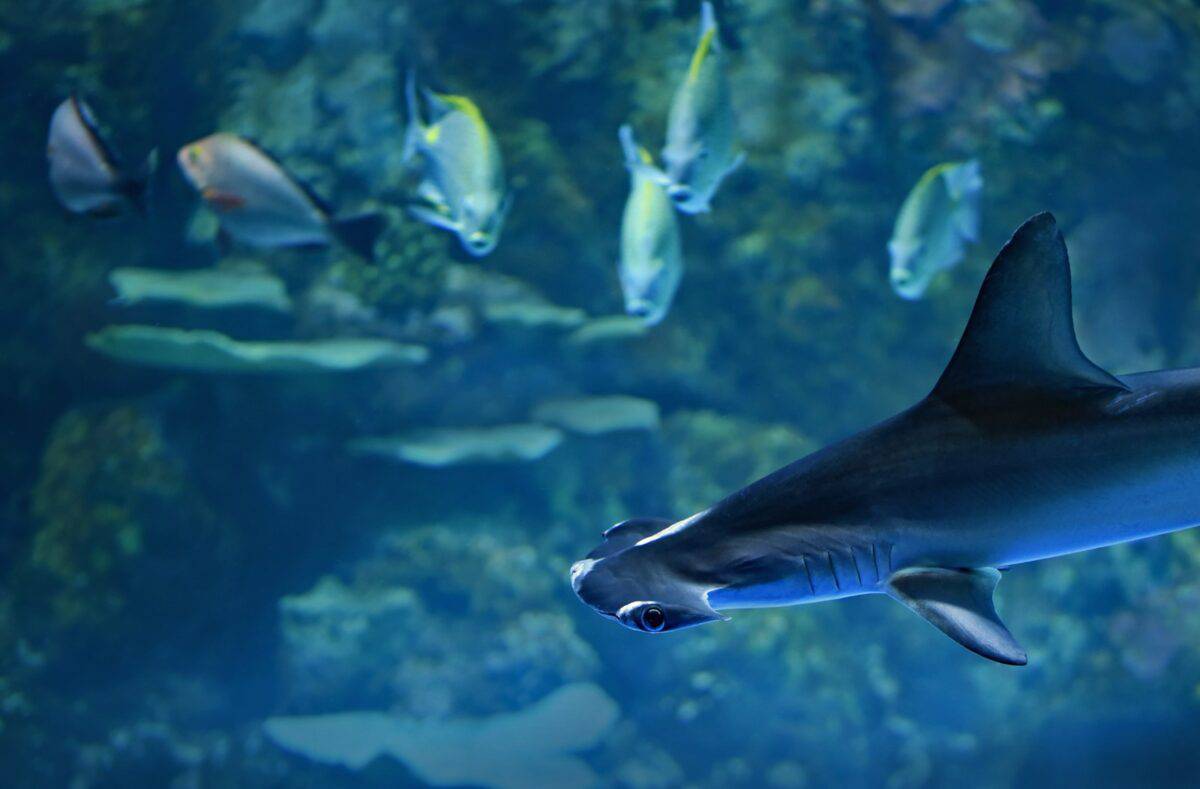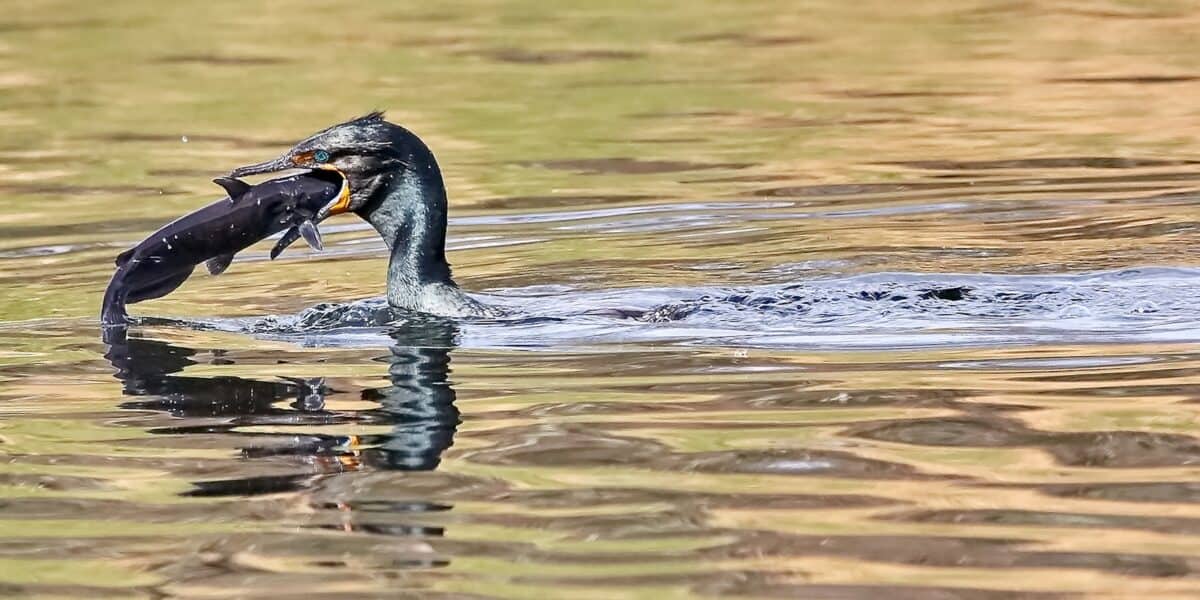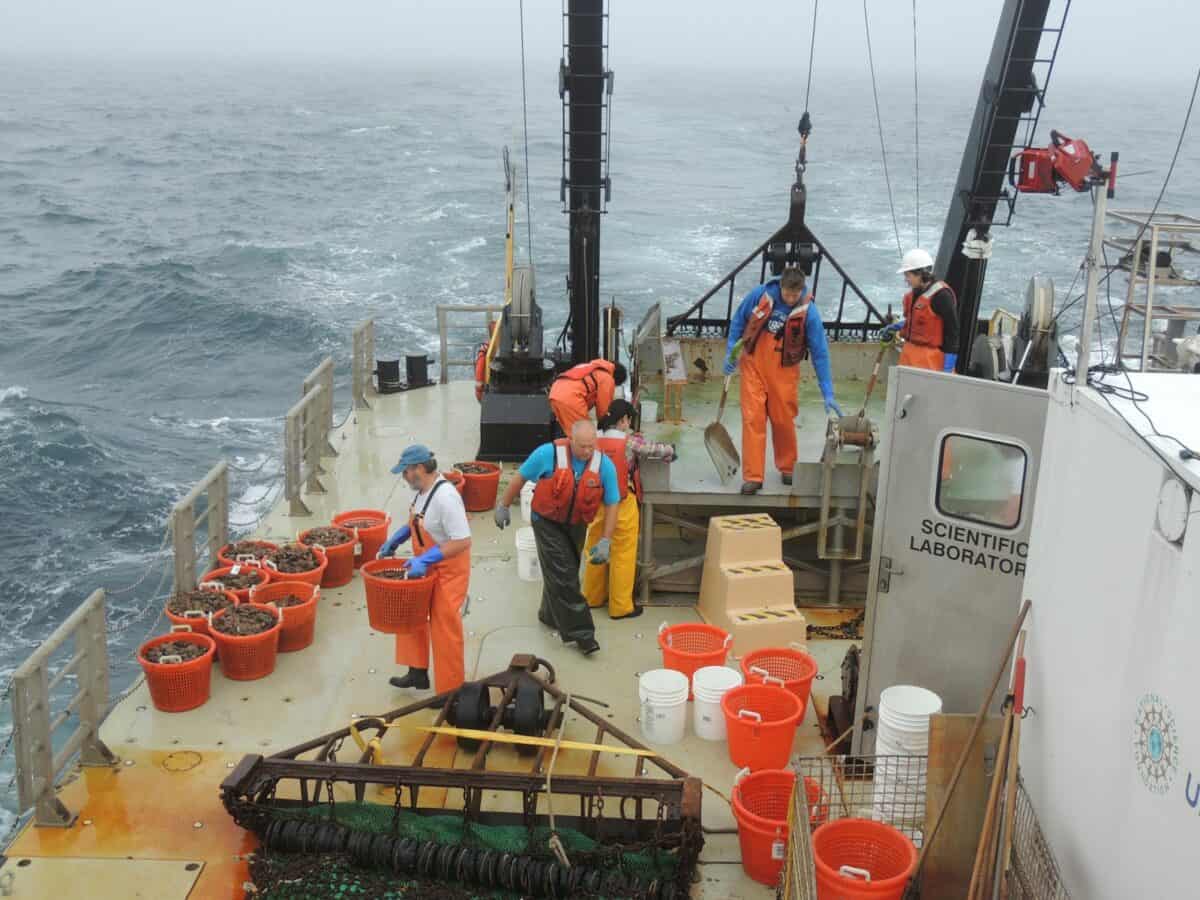Climate change, a pressing global issue, is reshaping ecosystems and animal behaviors worldwide. Among the many creatures affected, sharks are increasingly venturing closer to US coastlines. This article delves into the reasons behind this phenomenon, explores the implications for marine life and human interactions, and considers what lies ahead if these trends continue.
Understanding Shark Habitats

Sharks are versatile creatures that inhabit a wide range of aquatic environments, from shallow coastal areas to the depths of the open ocean. Their distribution is often dictated by factors such as water temperature, salinity, and prey availability. Traditionally, sharks follow migratory patterns that align with their biological needs and environmental health.
The Impact of Rising Ocean Temperatures

One of the most significant effects of climate change is the rise in global ocean temperatures. As the waters warm, many marine species, including sharks, are forced to migrate in search of suitable habitats. Warmer waters closer to the US coasts offer favorable conditions, drawing sharks nearer to beaches.
Changes in Prey Distribution

With shifting temperatures, the distribution of marine species that sharks prey on is also changing. Fish and other sea creatures often move to cooler areas to escape heat stress, bringing them closer to the coast. As sharks follow their prey, they naturally gravitate toward these new regions, resulting in increased proximity to human habitation.
Altering Shark Behavior

Climate change doesn’t just affect where sharks live; it also influences their behavior. Alterations in hunting patterns, breeding seasons, and even aggressiveness are emerging as sharks adjust to new environmental pressures. Such changes can increase the likelihood of interactions between sharks and humans.
Effects on Shark Migration Patterns

Sharks typically follow predictable migration routes annually. However, the rise in ocean temperatures is causing disruptions to these patterns. With altered temperatures and food sources, sharks are now exploring new migratory paths, which increasingly overlap with popular coastal areas.
Scientific Observations and Studies

Recent studies document an uptick in shark sightings near US beaches. Researchers employ satellite tracking and other technologies to monitor these movements closely, providing valuable data on how climate change is influencing shark behavior and migration.
Facing the Risks: Shark-Human Interactions

As sharks venture closer to the shore, the potential for human-shark interactions rises. While attacks remain rare, increased frequency of encounters calls for enhanced awareness and precautions among beachgoers. Regional authorities are tasked with implementing effective safety measures to protect both humans and marine life.
Conservation Concerns

The shift in shark habitats raises conservation concerns. Sharks play a critical role in maintaining the ocean’s ecological balance, and disruptions to their patterns can have cascading effects on marine ecosystems. Conservationists are working to address these challenges through research and policy measures.
Public Perception and Misconceptions

Sharks often suffer from a fearsome reputation, fueled by media portrayals. As sightings increase, it is crucial to foster a nuanced understanding of these predators. Educating the public about the realities of shark behavior can help mitigate unwarranted fears and encourage coexistence.
Adaptation Strategies for Marine Life

As sharks and other marine species confront shifting habitats, they must adapt to survive. These adaptations may include changes in diet, breeding practices, and social structures, potentially leading to long-term evolutionary shifts.
Role of Marine Protected Areas (MPAs)

Marine Protected Areas (MPAs) serve as sanctuaries for threatened marine species, including sharks. Expanding and effectively managing these areas can help provide refuges amid the changing ocean landscape, supporting biodiversity and climate resilience.
Collaborative Efforts for Future Solutions

Addressing the challenges posed by climate change requires collaboration across sectors. Scientists, conservationists, policymakers, and the public must work together to mitigate climate impacts and promote sustainable interactions between humans and marine life.
Rising ocean temperatures and shifting ecosystems are undeniably drawing sharks closer to US beaches. While this trend presents new challenges, it also provides opportunities for increased understanding and conservation efforts. With informed strategies and cooperative action, we can protect both marine and human communities in the face of climate change. Understanding the intricacies of this issue is the first step toward a balanced and sustainable coexistence with these remarkable ocean dwellers.
- How Climate Change Is Pushing Sharks Closer to US Beaches - August 16, 2025
- 12 Birds Known for Their Unique Songs and Calls - August 16, 2025
- Animal Moms That Go Above and Beyond for Their Young - August 16, 2025

